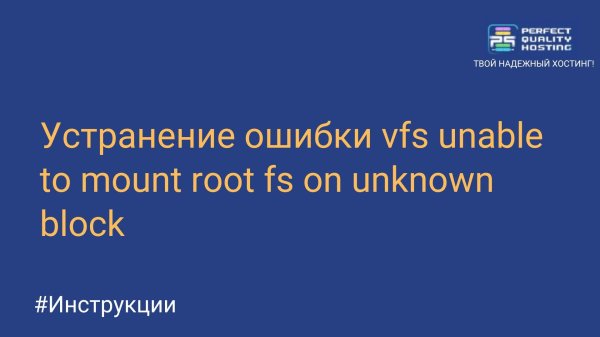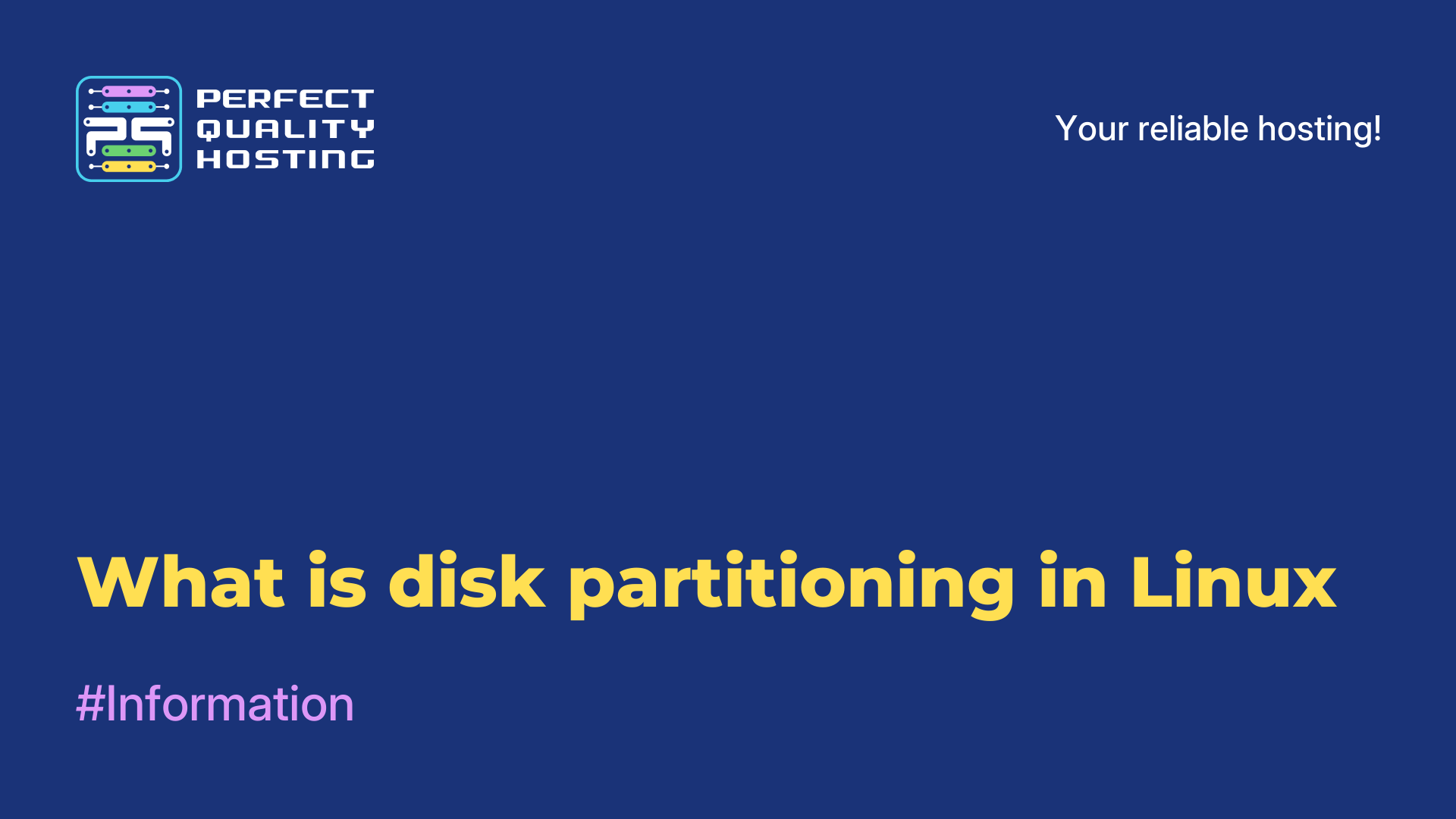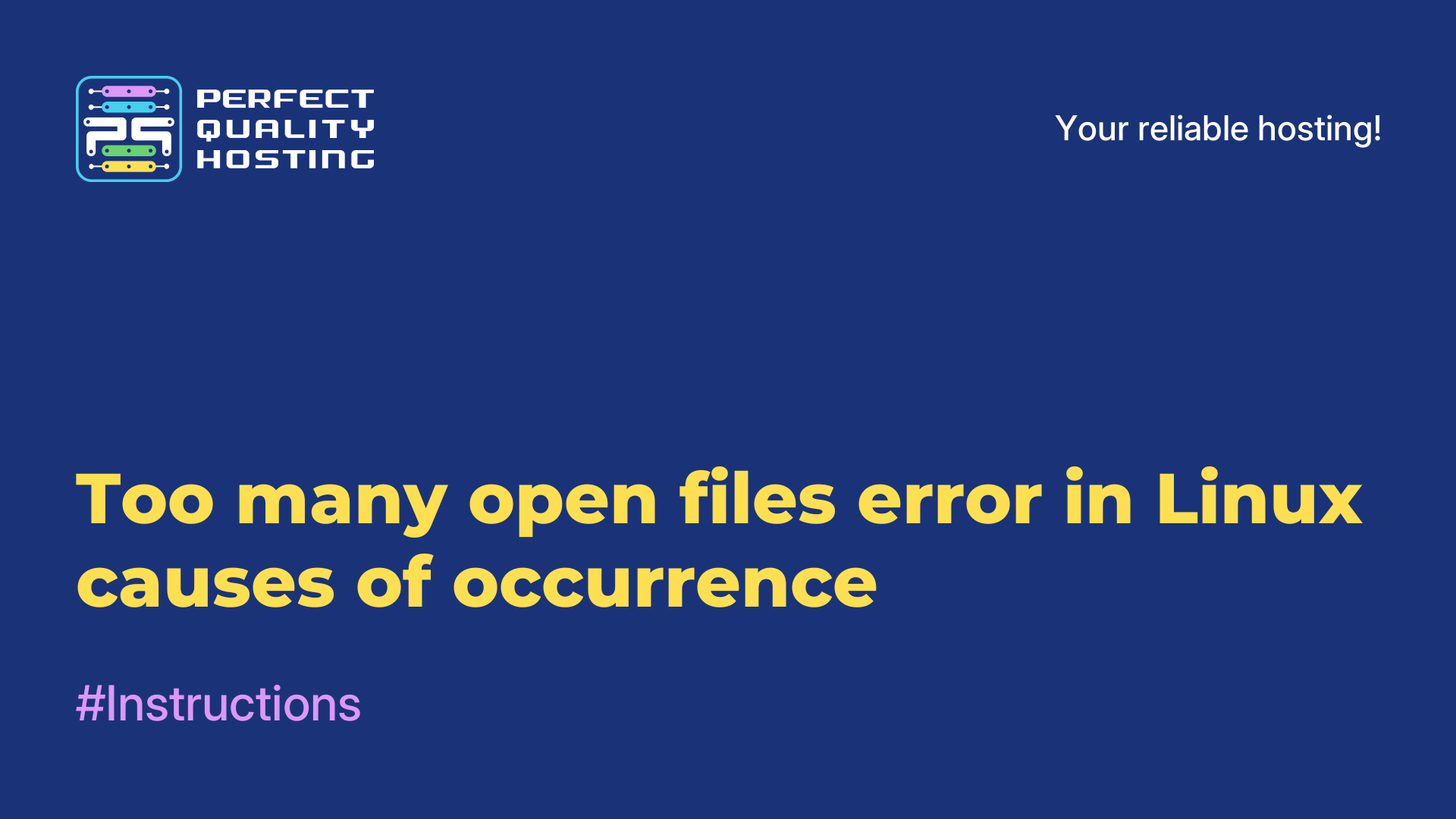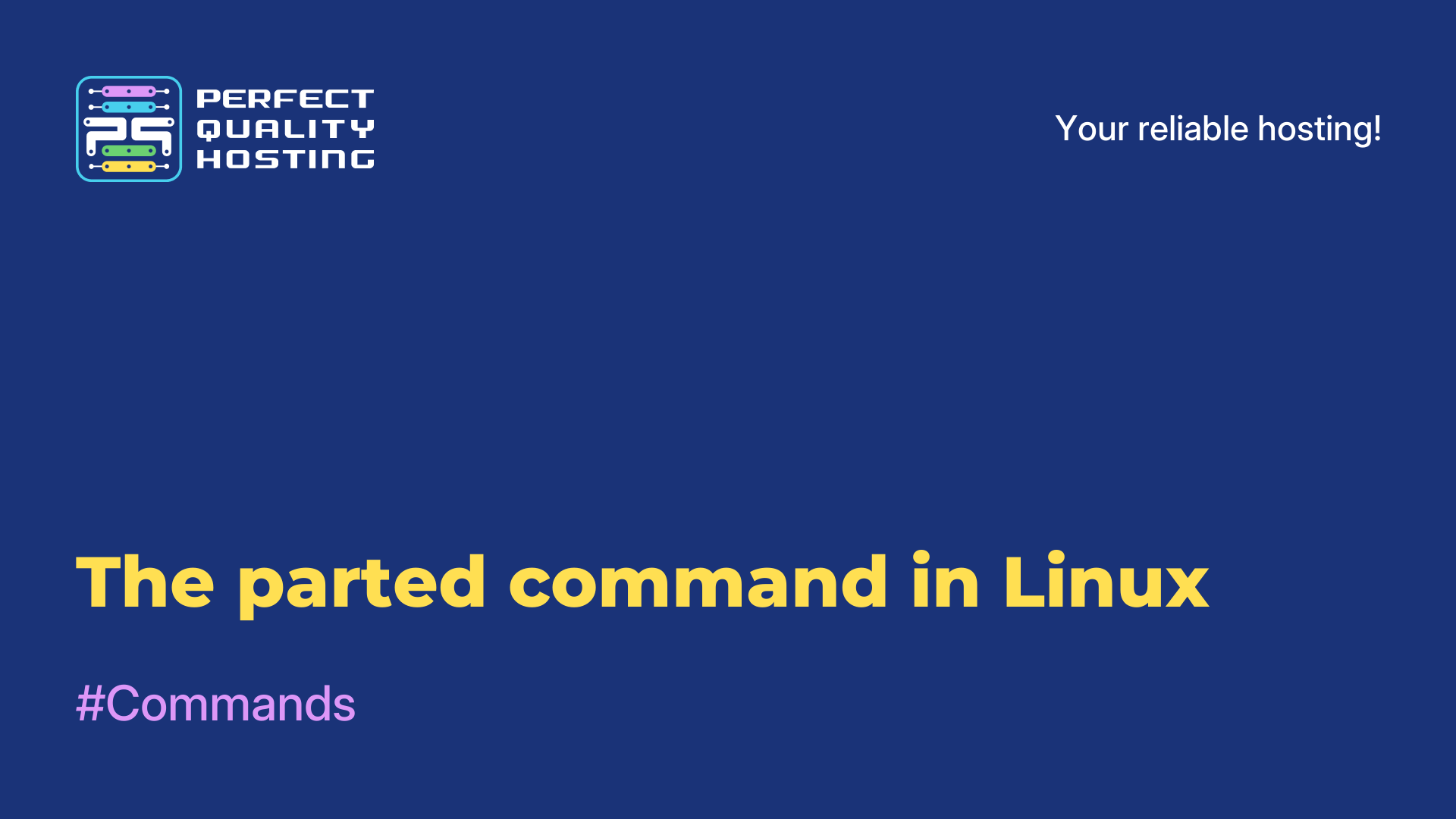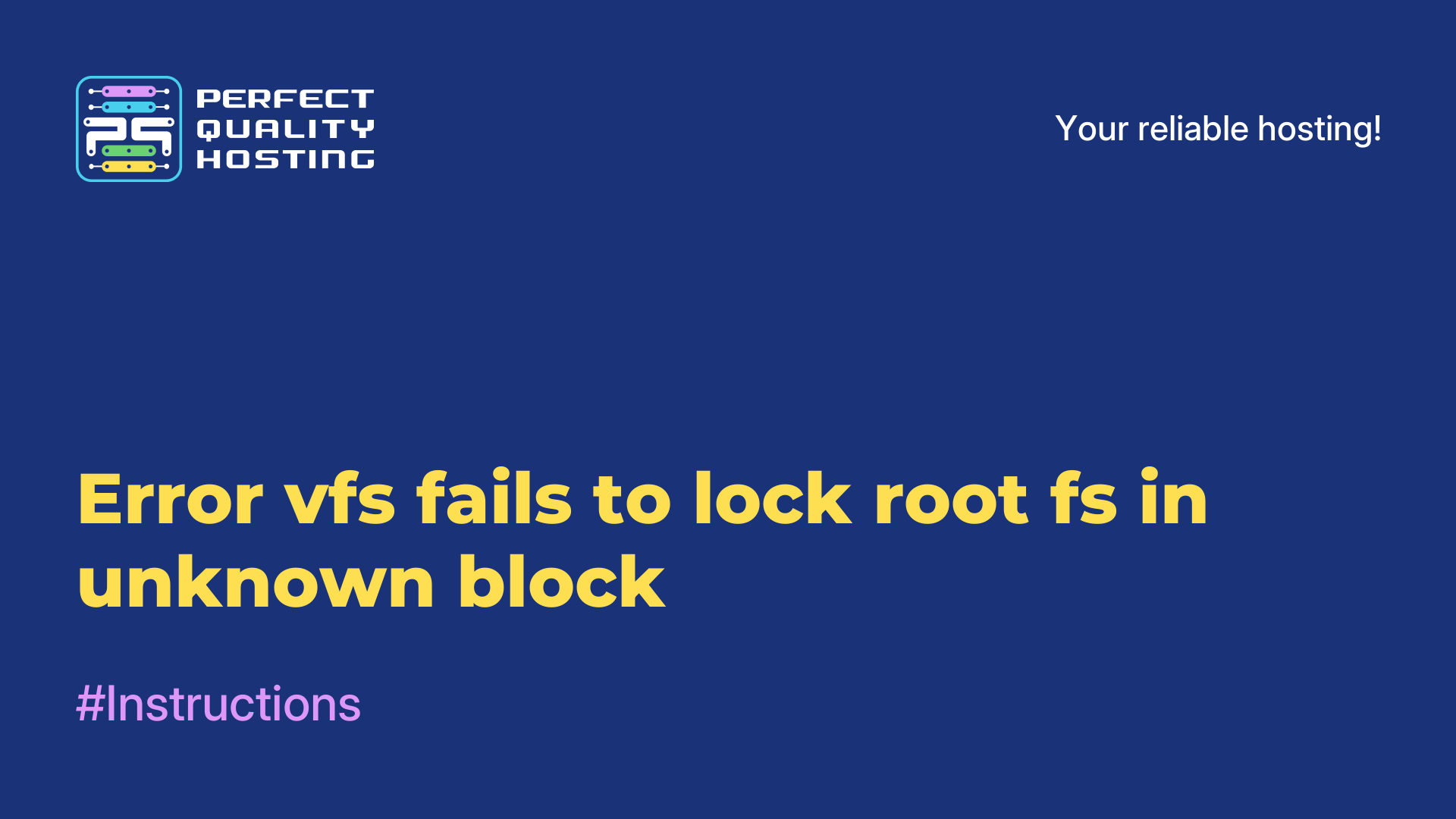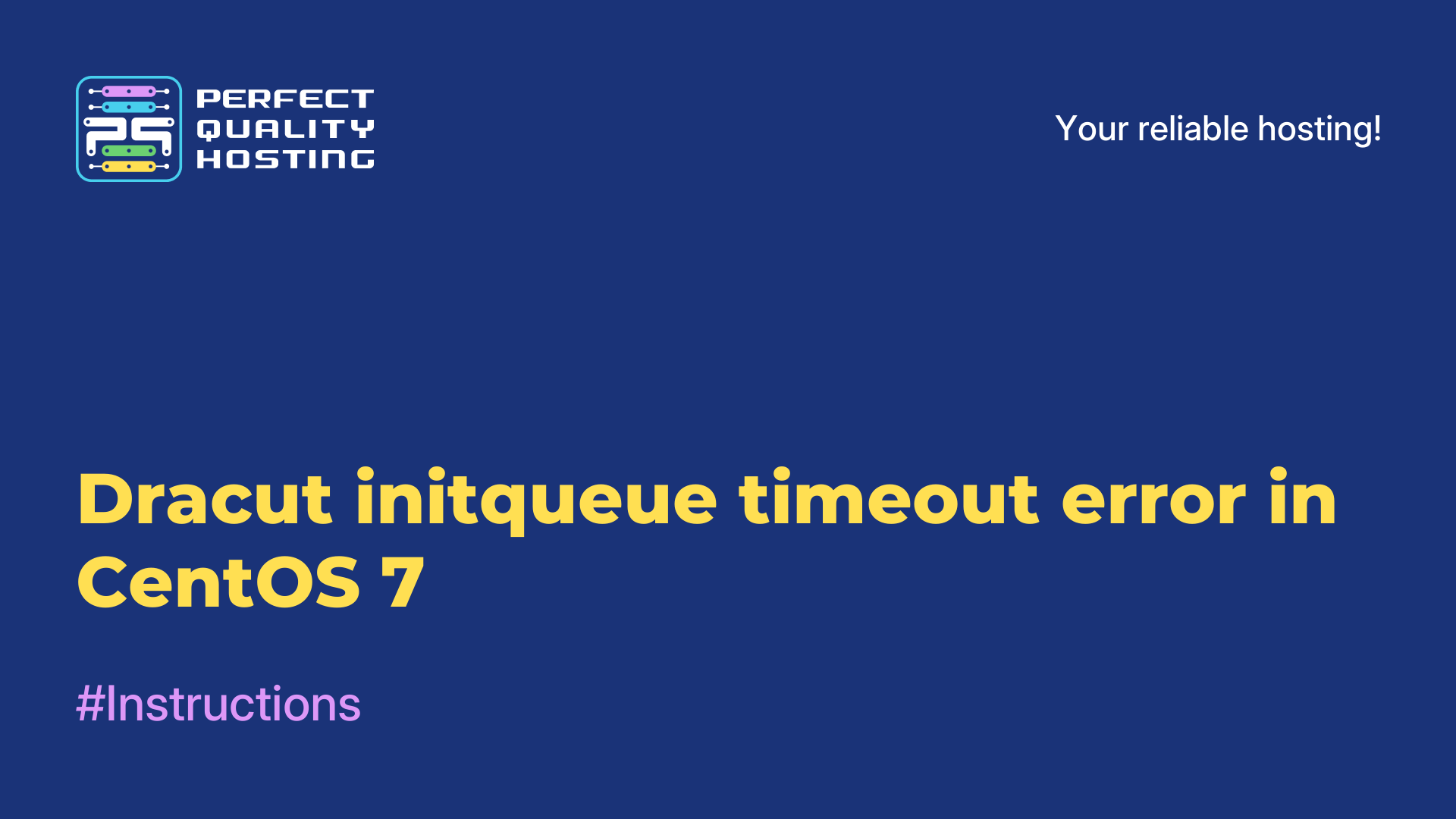-
Russia8 (800) 707-83-77
-
United Kingdom+44 (20) 4577-20-00
-
USA+1 (929) 431-18-18
-
Israel+972 (55) 507-70-81
-
Brazil+55 (61) 3772-18-88
-
Canada+1 (416) 850-13-33
-
Czech Republic+420 (736) 353-668
-
Estonia+372 (53) 683-380
-
Greece+30 (800) 000-02-04
-
Ireland+353 (1) 699-43-88
-
Iceland+354 (53) 952-99
-
Lithuania+370 (700) 660-08
-
Netherlands+31 (970) 1027-77-87
-
Portugal+351 (800) 180-09-04
-
Romania+40 (376) 300-641
-
Sweden+46 (79) 008-11-99
-
Slovakia+421 (2) 333-004-23
-
Switzerland+41 (22) 508-77-76
-
Moldova+373 (699) 33-1-22
 English
English
Knowledge base — Page 27
- Main
- Knowledge base
- Page 27
Everything you are trying to learn requires practice. Working with hard drives in Linux is no exception. It is not worth practicing on a real disk, risking damaging the file system, but it is also too impractical to create a virtual machine for such
The vfs unable to mount root fs on unknown block error occurs when the Linux kernel cannot find the root file system to mount when the system boots.
Disk partitioning in Linux is the process of creating various partitions on a hard disk that can be used to store data or install an operating system.
The "too many open files" error in Linux occurs when the operating system reaches the limit of open file descriptors. A file descriptor is a numeric identifier that the operating system uses to track open files and network connections.
The parted command is a useful tool when installing an operating system or when working with hard drives.
The parted command in Linux is a command-line utility for working with partitions on a hard disk. It allows you to create, modify, delete and move partitions on the disk.
The error vfs unable to mount root fs on unknown block indicates a problem when trying to mount the root file system during the boot of the operating system.
The dracut initqueue timeout error in CentOS 7 usually indicates a problem with system booting. This can be caused by several reasons, including configuration errors, hardware problems, or a corrupted operating system installation. Timeout - The
The Linux Mint Repository is a software repository available for installation and updating on the Linux Mint operating system. The repository contains packages of programs, libraries, drivers and other components that can be easily installed using a





















